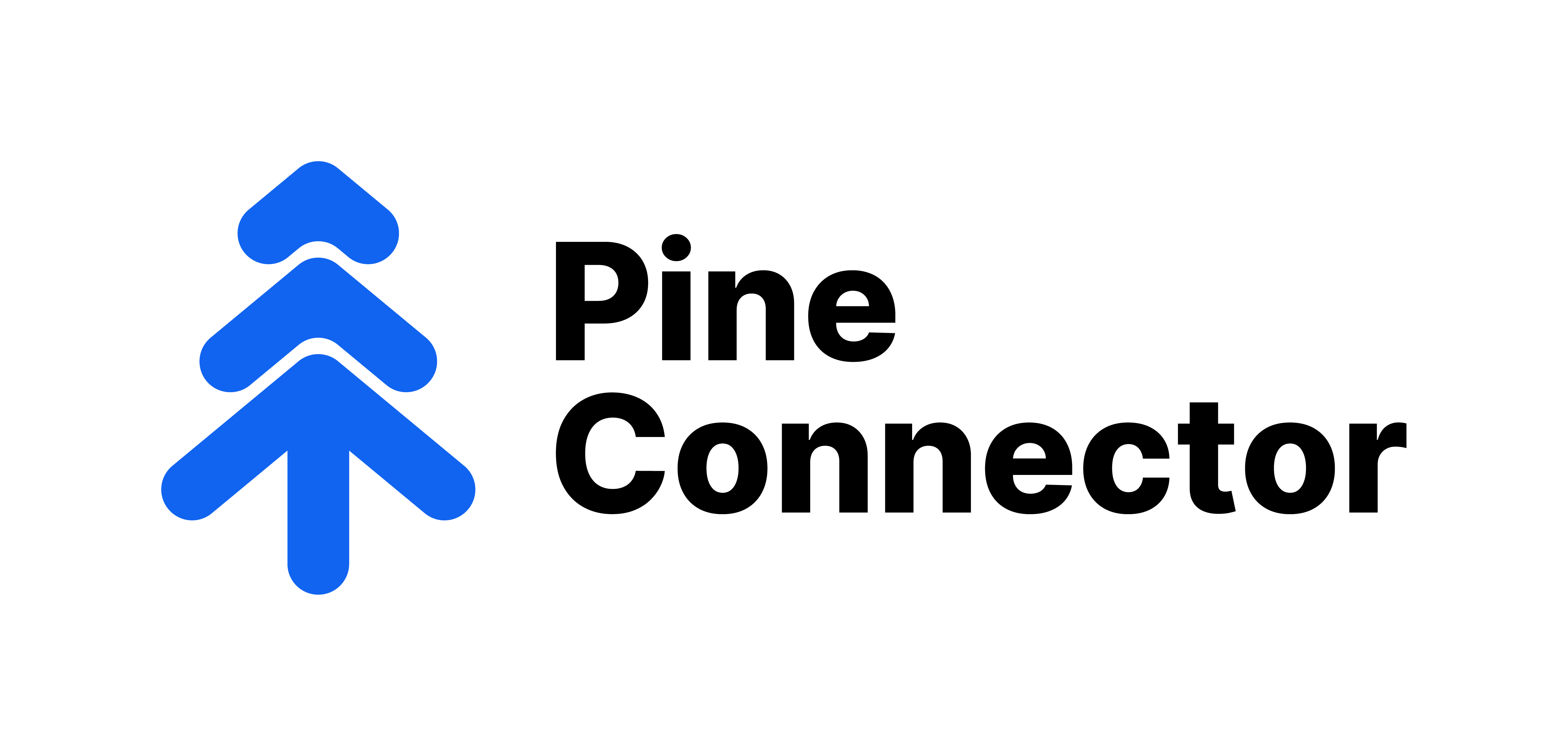Germany’s Flash Manufacturing PMI: A Glimpse into Europe’s Industrial Pulse
Image Source: Pexels / Kateryna Babaieva “A man welding round window frame”
(URL : https://www.pexels.com/photo/man-welding-round-window-frame-2965260/)
Understanding the Indicator
The German Flash Manufacturing PMI (Purchasing Managers' Index) is one of the most closely followed economic indicators in Europe. It measures the level of activity among purchasing managers in the manufacturing sector, those who stand at the frontline of the economy. Compiled through a survey of around 800 purchasing managers, the index provides insights into trends across employment, production, new orders, supplier deliveries, and inventories.
A reading above 50.0 signals expansion, while a reading below indicates contraction. The latest figure stands at 49.5, with a forecast of 49.6 for October 24, 2025. Though marginally below the expansion line, this level reflects stabilization in a sector that has faced a series of supply shocks, energy price surges, and shifting demand dynamics since 2022.
What makes the Flash PMI particularly impactful is its timing, it’s released about a week before the final version, offering markets the earliest insight into manufacturing conditions. For traders, analysts, and economists, it acts as a barometer for the broader European economy.
Why It Matters to Traders
Germany’s manufacturing sector is the heartbeat of Europe. From cars to machinery to industrial technology, it anchors both regional and global supply chains. Because of that, the PMI data doesn’t just affect the euro, it ripples through European equities, bond markets, and even commodities tied to industrial demand like copper and oil.
Here’s why traders pay close attention:
- Currency Reaction: When the PMI comes in above expectations, it suggests stronger economic momentum, often strengthening the euro as investors anticipate tighter monetary policy or improved growth.
- Market Volatility: A weaker-than-expected reading may trigger risk-off sentiment, prompting investors to shift toward safe-haven assets like the USD or gold.
- Forward Guidance: The data often shapes expectations for the European Central Bank (ECB), especially amid ongoing debates about interest rate adjustments.
In short, the PMI is more than just a number, it’s a real-time pulse of Europe’s manufacturing engine and a signal for short-term market sentiment.
The Broader Economic Backdrop
The October data comes at a time when European economies are trying to navigate between modest recovery and persistent inflation. Energy costs have stabilized compared to 2022 peaks, but global demand remains uneven. Supply chain normalization has brought relief, yet concerns over labor shortages and softening export orders continue to weigh on sentiment.
Germany’s industrial landscape also faces structural headwinds. The energy transition has made production costs more volatile, while competition from Asia, particularly China’s green technology sector, has intensified. These shifts make PMI readings more than a routine economic update; they serve as a litmus test for how German manufacturing adapts to the new global order.
Key Takeaways for Market Participants
- Leading Indicator: PMI figures are among the first major monthly data points that reflect changing business conditions before official GDP or employment reports.
- Sector Sensitivity: Industrial-linked sectors such as machinery, automotive, and materials often respond sharply to PMI surprises.
- Cross-Market Impact: Euro pairs (especially EUR/USD and EUR/JPY) tend to move immediately following the release, while European indices like the DAX and STOXX 600 may follow suit.
- Sentiment Indicator: A reading near 50 often divides optimism from caution, watch for how the market interprets even small changes.
For traders, timing and reaction speed are crucial when dealing with real-time releases like the PMI. Automated tools can provide an edge in such fast-moving conditions.
Automation in Trading: Bridging Reaction Time and Strategy
In an environment where milliseconds can make the difference between profit and missed opportunity, automation has become essential. Tools that can integrate live data signals into actionable trade execution enable traders to stay ahead of the curve.
This is where PineConnector comes into play. The platform seamlessly connects TradingView strategies, where traders visualize and design their indicators, to MetaTrader 5, where actual execution takes place. With just one structured alert, a strategy designed around events like the German PMI release can automatically trigger buy or sell orders, complete with predefined stop loss and take profit parameters.
For instance, imagine a trader setting a TradingView alert to react when EUR/USD breaks above a resistance level right after the PMI exceeds forecasts. The alert is sent through PineConnector, which instantly executes the order on MetaTrader 5, no manual clicking required. This not only saves time but also ensures discipline and consistency in high-volatility moments.
Example of an Automated Setup
A simplified workflow could look like this:
- Strategy Creation: A trader develops a rule-based system in TradingView, such as entering long positions on EUR/USD if PMI > 50.0 and RSI confirms momentum.
- Alert Configuration: An alert is created with specific parameters, linking economic data outcomes or price triggers to the strategy.
- Execution via PineConnector: When the condition is met, PineConnector translates that signal into an actionable trade order in MetaTrader.
- Performance Review: Traders can later analyze execution speed, slippage, and outcomes for perfecting the process for future releases.
This workflow embodies how automation bridges analysis and execution, turning insight into action faster than human reflexes can manage.
Why Efficiency Matters in Economic Events
Economic data like the German PMI doesn’t move markets gradually, it often sparks sharp, high-volume bursts within seconds of release. Manual traders can struggle to keep pace, especially if volatility spikes. Automated tools ensure:
- Instant execution without emotional hesitation.
- Precise control over trade parameters.
- Consistent adherence to pre-tested strategies.
As Europe’s manufacturing signals remain mixed, the ability to react efficiently and unemotionally gives retail traders a professional-grade advantage.
Looking Ahead
With the next German Flash Manufacturing PMI scheduled for November 21, 2025, traders will be watching closely for signs of recovery. A move above 50 could reinforce hopes of renewed industrial expansion, while another soft reading might intensify pressure on the ECB to reassess its stance on rate adjustments.
For investors focusing on EUR pairs or European indices, the upcoming data will offer an early clue on whether sentiment is shifting back toward optimism, or if caution still prevails heading into the year’s final quarter.
Final Thoughts
The German Flash Manufacturing PMI remains a cornerstone indicator for understanding Europe’s economic trajectory. Whether you’re trading currencies, indices, or commodities, the ability to interpret and act upon this data efficiently can define your results.
In fast-moving conditions like these, automation is not just a luxury, it’s a trading necessity. With PineConnector, traders can bridge the gap between analysis and execution, linking their TradingView insights directly to MetaTrader platforms for seamless, disciplined trades.
Ready to trade smarter? Visit PineConnector and experience how automation empowers you to capture market moves the moment they happen.
Source : https://www.forexfactory.com/calendar#detail=142215



